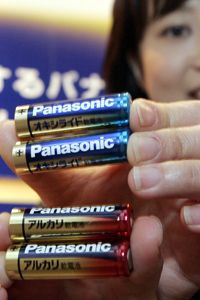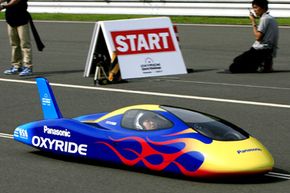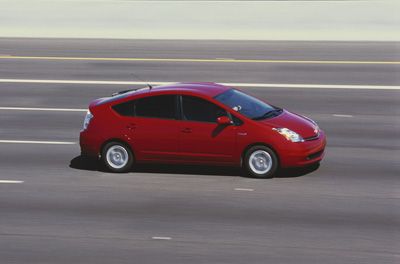We use batteries for just about everything in our lives, from our cell phones and laptop computers to the toys our kids play with. These tiny miracle machines are quite amazing, really. You can't see it, but a chemical reaction that generates electricity is happening just inside the outer shell of the battery casing. A battery provides a flow of electrons -- from the negative terminal to the positive terminal -- resulting in an electric current. If you'd like more detailed information about the internal workings of batteries, you can also read How Batteries Work.
We know that electricity is a powerful thing, and there's no denying that it's having a greater impact on transportation every year. While electric cars have been around as long as cars themselves, we're seeing more and more car companies investing significant resources into electric-powered cars -- including gas-electric hybrids. But the batteries in those cars are fairly large and costly, too.
Advertisement
But do you think it's possible to power a car -- one that you can actually sit in and drive -- using simple, household AA batteries like the ones you might find in a kid's toy or a clock radio?
The short answer is yes. It's possible; however, this hasn't been attempted very often because AA batteries have such lower power outputs. The typical AA battery generates just 1.5 volts of electricity. Compare that to the battery pack on a typical hybrid car, which can generate about 300 volts -- enough to power the car (via electric motor) without the use of its engine at low speeds.
Imagine then, just how many AA batteries it would take to power a full-size hybrid car, and how difficult (and costly) it would be to constantly swap fresh, new batteries for old, worn-out batteries. In other words, it's really not very practical to run a car using standard household batteries.
But that didn't stop a few engineers from giving it a shot. In one memorable instance, a team of gear heads in Japan was able to get a AA battery-powered car -- yes, an actual, working car -- to run up to 75 miles per hour (120.7 kilometers per hour)!
Advertisement



